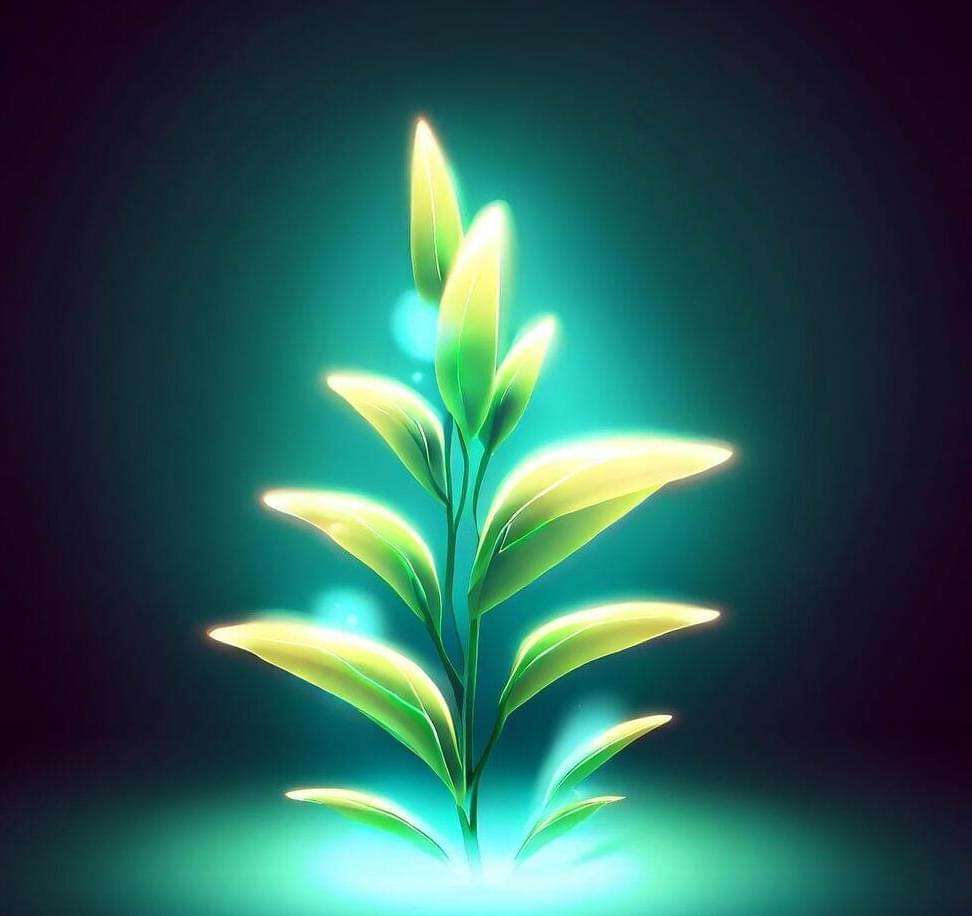By 2020, the number of smartphone users in the world is expected to reach almost 2.9 billion — nearly doubling in six years from about 1.6 billion in 2014. Technology companies and researchers have been directly and indirectly imbuing smartphones with additional capabilities, including spectroscopy for biological and medical applications, among other uses (Figure 1).
Figure 1. The Changhong H2 is the first consumer device with an integrated imaging spectrometer. Courtesy of Consumer Physics.







